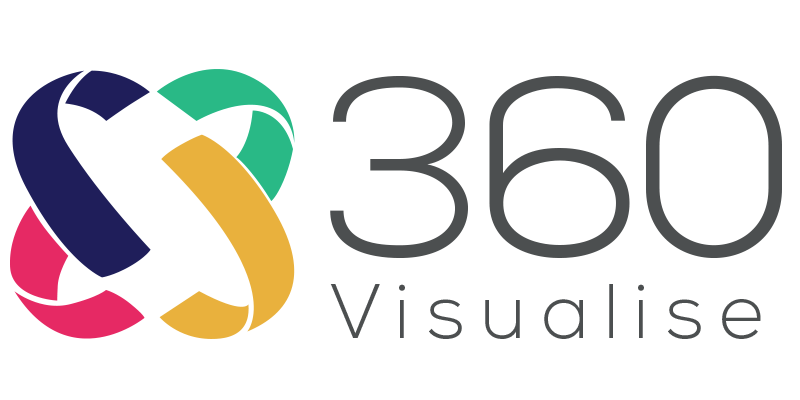
In dentistry, direct USB X-ray sensors (like the RVG sensors from Carestream or the Sopix sensors from Acteon) and phosphor plate systems (like the CS7600 from Carestream or the PSPIX2 from Acteon) are two different technologies used to capture digital dental X-rays. The main benefit of a direct USB X-ray sensor compared to a phosphor plate system is that the former is faster and more convenient to use.
Direct sensors can produce an image in seconds, whereas a phosphor plate system requires the plate to be scanned after exposure, which can take several minutes. Additionally, direct sensors are more durable and easier to handle, as they do not require a special scanning process.
However, some dentists still prefer phosphor plate systems as they may be easier to position in the patient's mouth. The choice between the two technologies ultimately depends on the individual practice's needs and preferences.
The RVG 5200 captures an image at 16 Line Pairs (LP) whereas the the RVG 6200 Captures it at 20 Line pairs.
The difference between 16 line pairs per millimeter (lp/mm) and 20 lp/mm in X-ray resolution refers to the ability to distinguish and resolve fine details in the image. A higher number of line pairs per millimeter means that the system is capable of detecting finer details. So, in this case, a 20 lp/mm system would result in a clearer, higher resolution image compared to a 16 lp/mm system.

RVG 5200 Image Periodical

RVG 6200 Bitewing image
Each of these sensors comes in two different sizes size 1 and 2. Size is 1 is usually used for a periodical X-ray, whereas Size 2 is used for bitewings.
